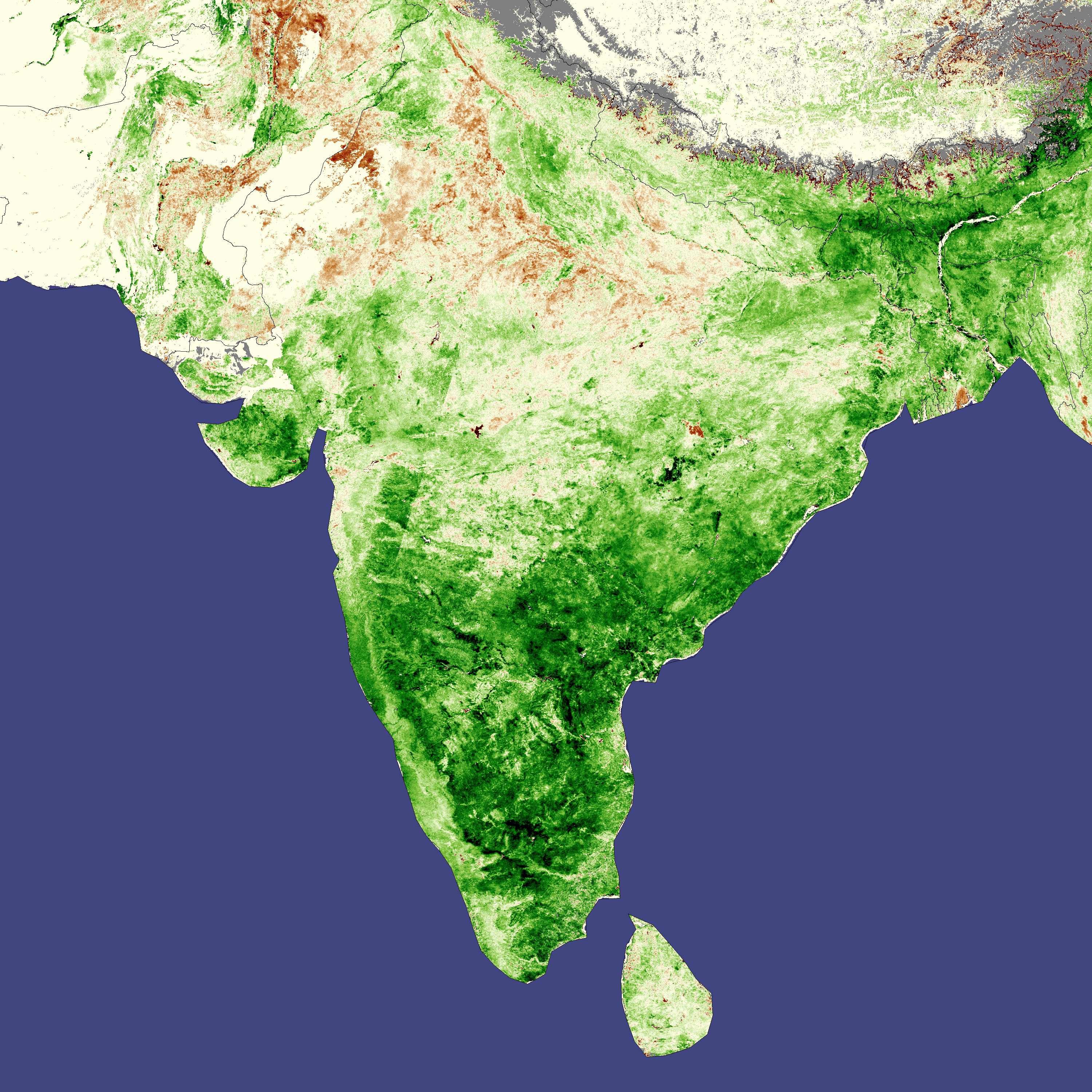Please login in order to download photos in full size
If you are not registered, please register for free: www.Free-Photos.biz/register
Please note to download premium images you also need to join as a free member..
You can also save the photos without the registration - but only in small and average sizes, and some of them will have the site's watermark. Please simply click your right mouse button and save the image.
Please login in order to like photos
If you are not registered, please register for free:
Sorry, non-members can download up to 1100 full-size photos per month.
It looks like you have used up your limit.
Free members can download an unlimited number of full-size photos - including the premium free photos.
Join as a member today for FREE! - and download the images without limitations:
www.Free-Photos.biz/membership.php
You can also save the images without the membership - but only in small and average sizes, and some of them may have the site's watermark. Please simply click your right mouse button and save the image.

|
This is a premium free photo
This photo was viewed 11 times and was downloaded in full size 3 times.
This photo was liked 0 times
If you are a member, please login in order to see the source link of the above image.
Summaryedit
| Description |
English: Dark green blankets much of India in this vegetation image, indicating that plants were growing more densely than average between April 1 and April 10, 2008. The April harvest yielded a record corn and rice crop, said the U.S. Department of Agriculture's Foreign Agricultural Service.
All plants, both natural and cultivated, were thriving in the wake of abundant monsoon rains in 2007-2008. Only in northern India is the landscape brown, pointing to areas where plants were doing less well than average. Plant growth in India depends almost entirely on the strength of the annual monsoon. When the monsoon rains fail, so too do the country's crops. Good rains provide bumper crops. Beyond controlling the fate of agriculture in India, changes in the Indian monsoon helped scientists recognize the far-flung impact of the oscillating Pacific Ocean phenomena El Nino and La Nina. It was while puzzling out patterns of drought in India in the early twentieth century that Sir Gilbert Walker first noticed a change in air pressure in the South Pacific that seemed to influence the Indian monsoon. Years later, in the 1960s, Jacob Bjerknes was also studying drought in India when he connected the changes in air pressure that Walker had noticed to changes in ocean temperatures known as El Nino and La Nina. Bjerknes realized that the periodic warming and cooling of the Pacific Ocean occurred as changes in the air pressure strengthened or weakened trade winds; these changes altered weather patterns around the world. La Nina occurs when strong trade winds cool the equatorial Pacific Ocean in the east off the coast of South America, while allowing warmer water to build in the west near the Philippines and Indonesia. Its counterpoint, El Nino warms the equatorial Pacific by weakening trade winds. La Nina dominated the Pacific throughout 2007 and into 2008. Though La Nina doesn't directly control monsoon rains in India, it does influence them. La Nina tends to bring abundant monsoon rains to India, and the 2007 monsoon season was accordingly above-average. By early April 2008, plants throughout the country were responding to the plentiful water supply. In other words, the world's weather and global food supply are interconnected. Shifting weather causes bumper crops in one part of the world, while another part of the world sees crop failures. See also: 1. India's vegetation conditions by France's SPOT satellite. https://www.spot.com/web/SICORP/445-sicorp-the-spot-satellites.php 2. La Nina and Pacific Decadal Oscillation Cool the Pacific on the Earth Observatory. earthobservatory.nasa.gov/Newsroom/NewImages/images.php3 |
| Date | , 06:24:41 |
| Source | https://earthobservatory.nasa.gov/NaturalHazards/view.php?id=19850 |
| Author | NASA |
Licensingedit
| This file is in the public domain because it was solely created by NASA. NASA copyright policy states that "NASA material is not protected by copyright unless noted". (See Template:PD-USGov, NASA copyright policy page or JPL Image Use Policy.) |
 |
 |
Warnings:
|
Public Domain
| EXIF data: | |
| File name | india_vegetation__natural_and_cultivated__favorable_weather_boosts_indian_agriculture__april_2008.jpg |
|---|---|
| Size, Mbytes | 3.9464853515625 |
| Mime type | image/jpeg |
| Orientation of image | 1 |
| Image resolution in width direction | 100 |
| Image resolution in height direction | 100 |
| Unit of X and Y resolution | 2 |
| Color space information | 65535 |
| Exif image width | 3000 |
| Exif image length | 3000 |
| Software used | Adobe Photoshop CS3 Macintosh |
While the copyright and licensing information supplied for each photo is believed to be accurate, Free-Photos.biz does not provide any warranty regarding the copyright status or correctness of licensing terms. If you decide to reuse the images from Free-Photos.biz, you should verify the copyright status of each image just as you would when obtaining images from other sources.
The use of depictions of living or deceased persons may be restricted in some jurisdictions by laws regarding personality rights. Such images are exhibited at Free-Photos.biz as works of art that serve higher artistic interests.
PRIVACY POLICY
By registering your account and/or by subscribing to new and newly rated photographs you agree we may send you the links to photos and we may occasionally share other information with you.
We do NOT disclose your personal data.



